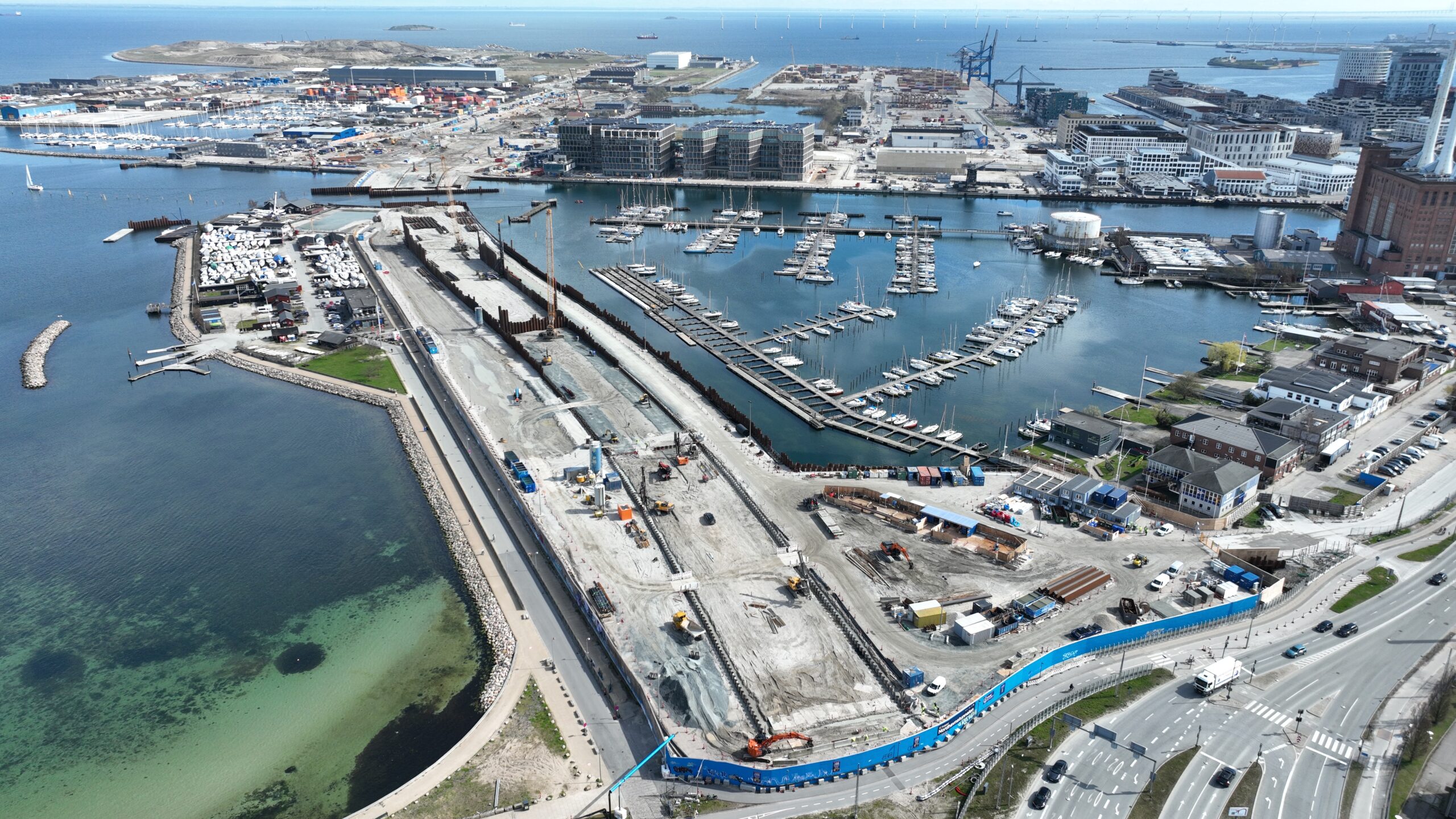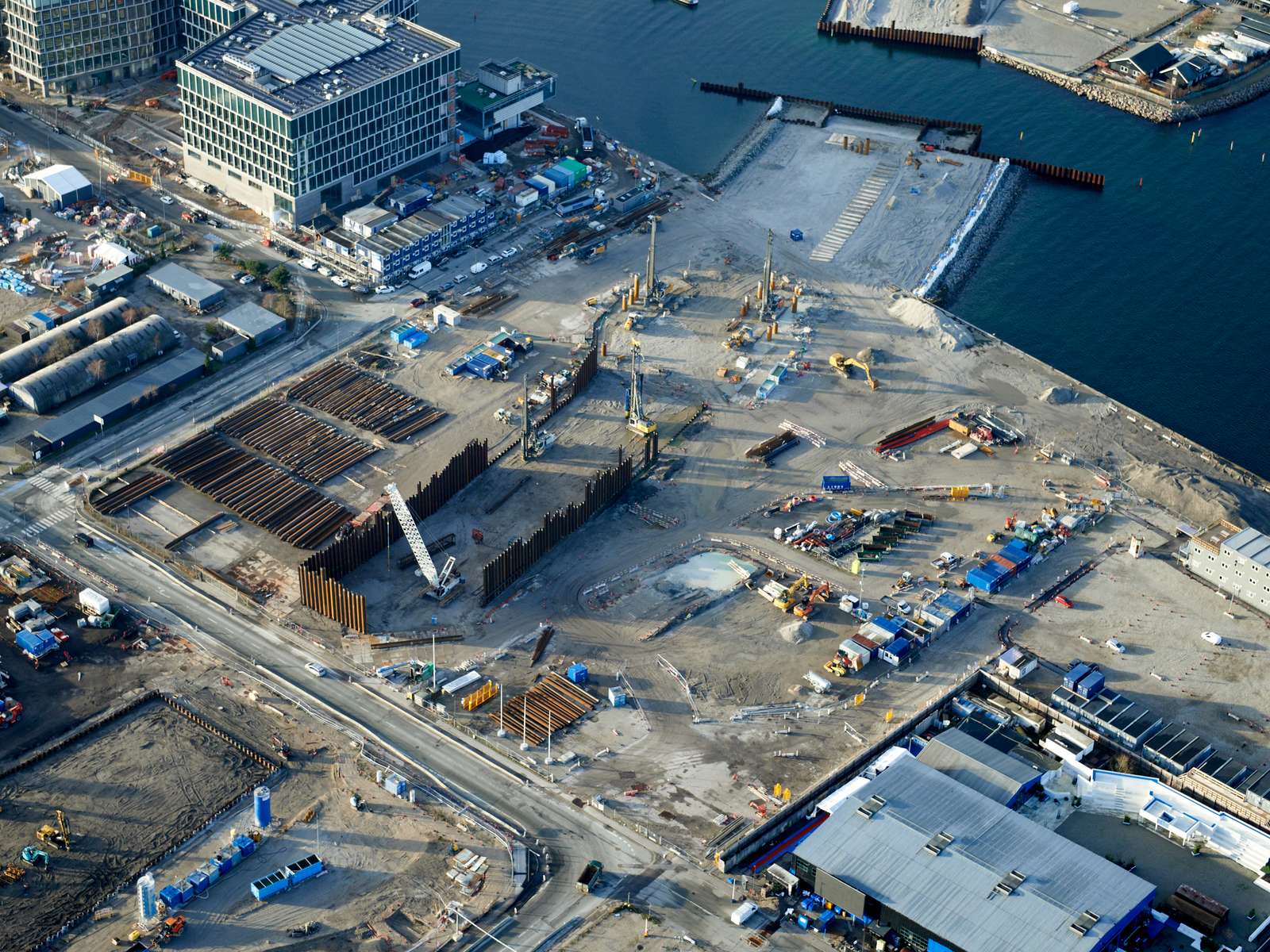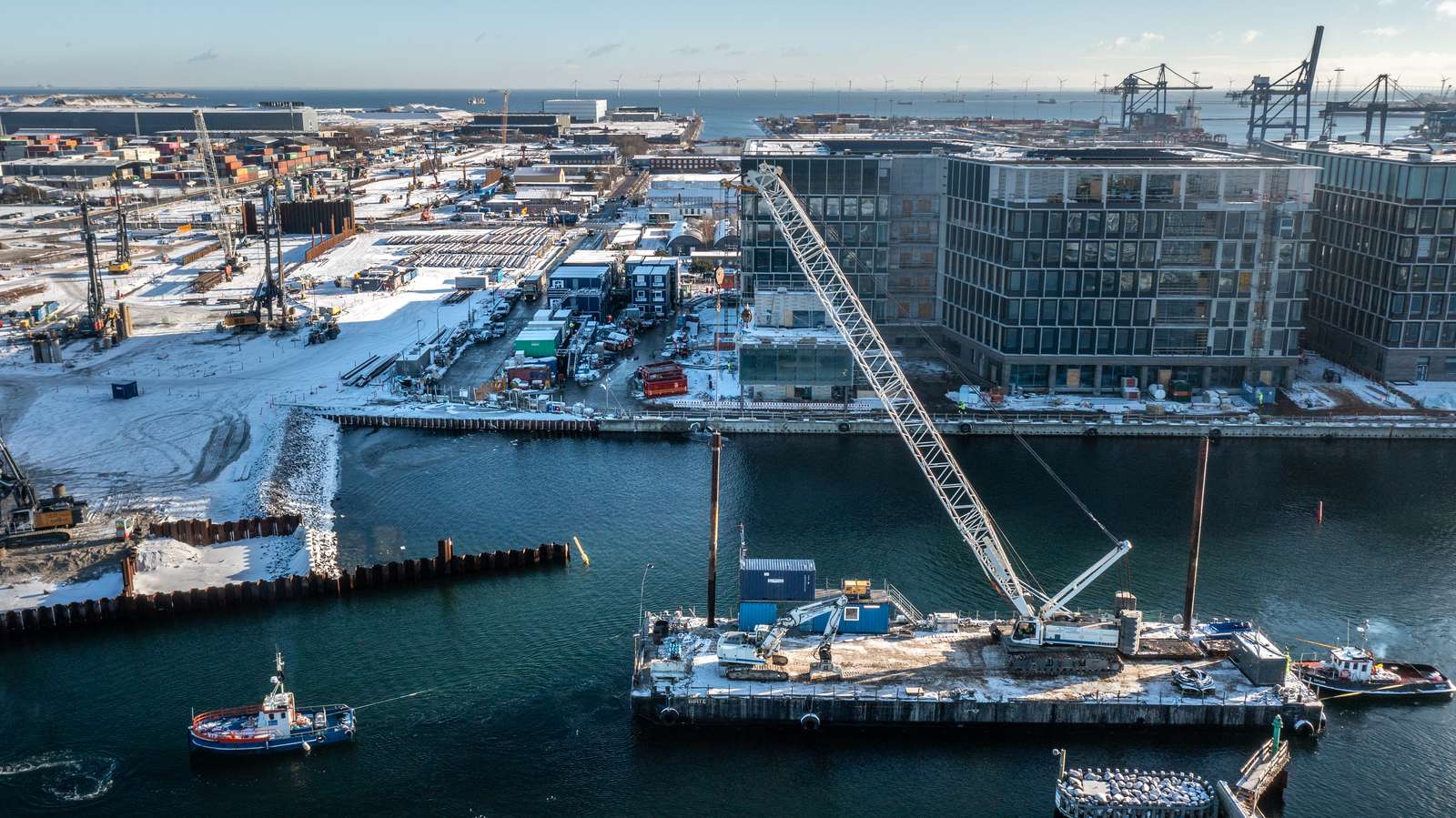The Danish Road Directorate
The Danish Road Directorate is building a new tunnel in Copenhagen that will connect the city to the Nordhavn area. Nordhavn (‘the northern harbour’) is a large industrial port area that is currently being transformed into a new neighbourhood with homes, shops, jobs and schools. The tunnel’s purpose is to improve access for residents and commuters, and to redirect heavy traffic away from neighbouring areas.
The project is commissioned by the Danish Road Directorate on behalf of the City of Copenhagen. The Belgian-Danish contractor combination BESIX – MT Højgaard has been selected for the project’s design and construction.
Mette Stender is from the Danish Road Directorate and in charge of the project. In this Q&A, Mette tells us more about the project and explains why and how they are using BriefBuilder on it.
This must be quite a challenging project?
Well, yes and no. The project is relatively straightforward in the sense that it is an extension of an existing tunnel. This means that we are using many of the same systems. But obviously it is no mean feat to construct a 1.4 km long tunnel in an urban area. One of the challenges is that we had to temporarily move an existing yachting marina before we could start the construction work. Another challenge concerns the high groundwater level. It is a cut-and-cover tunnel which means that we need a dry construction pit. To ensure that the pit is indeed dry, we must lower the ground water level, which isn’t so easy for this location. So, the project involves a major drainage operation—the biggest of its kind of in Denmark.

The tunnel will stretch over 1,4 km. In the opening year of 2027, it is estimated that the traffic will consist of around 8,200 cars a day. The budget of the entire project is 3,956 millon DKK. Photo courtesy of The Danish Road Directorate
Why and how are you using BriefBuilder on the project?
We are using BriefBuilder to capture and manage all project requirements—not just all the technical requirements, but also the process requirements concerning the collaboration between us and the contractor. The underlying aim is to create a solid fundament for the project, so to speak. It’s a Design & Build contract so it is critical that both parties know exactly what the requirements are.
For us, the key advantage of using BriefBuilder is that all requirements are accessible in one place and that every requirement automatically gets a unique ID. Putting all requirements in a model has brought a higher level of precision to how we work. We are also more specific in our communications—referring to requirement IDs rather than to chapters or pages as you would do when working with a traditional document. Moreover, we can more accurately assign requirements to different disciplines.
The aim is to create a solid fundament for the project. It’s a Design & Build contract so it is critical that both parties know exactly what the requirements are
How did the project team respond to the introduction of BriefBuilder?
BriefBuilder was completely new to us, but this hasn’t been an issue. Everybody is happy to work with it. In particular, the engineers seem happy as all information is structured in a highly systematic way. They prefer this over those long texts that you would normally find in legal documents.
From the contractor side, I hear positive reactions as well. One of things they appreciate is that they can be more precise when formulating RFIs (requests for information).
For us, the key advantage of using BriefBuilder is that all requirements are accessible in one place and that every requirement automatically gets a unique ID. It has brought a higher level of precision to how we work

A joint venture partnership of Belgium’s Besix and Denmark’s MT Højgaard has won the contract to design and build the Nordhavn Tunnel in the Danish capital, Copenhagen.. Construction work on the cut-and-cover tunnel is in full swing. Photo courtesy of The Danish Road Directorate
What’s your favourite BriefBuilder feature?
It is perhaps not BriefBuilder’s most advanced function, but I am very happy with the search option. It helps me to quickly find what I am looking for.
Another favourite is the versioning feature. When requirements change, we create a new version of the model, after which we can easily track the implemented changes. This is critical for both us and the contractor.
Any recommendations for other construction clients?
Start early on with thinking about compliance checking! At the start of a project, there is often a one-sided focus on capturing all the relevant requirements—which is obviously crucial—but you should also already start thinking about how you are going to check whether those requirements are being met. What tools and methods can be used for this?
For example: our engineering consultant, Rambøll, has made a link between BriefBuilder and EHS compass, which is their tool for checking compliance with requirements concerning environmental, health, and safety matters. I would like to see more tools like that. There is no need to check every single requirement—there are way too many of them—but for critical requirements systematic quality control is essential.
There is no need to check every single requirement, but for critical requirements systematic quality control is essential

The contractors have established a working platform of more than 337,136 tonnes of sand and they are setting 5,000 tonnes of sheet piling for the future tunnel. Photo courtesy of The Danish Road Directorate
Many thanks to Mette for sharing her insights!
More information about the Nordhavn tunnel project can be found here.

